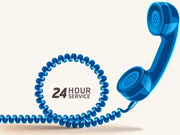
How to Ensure the Quality and Safety of OEM Knee Pain Relief Patches
Release time:2024-05-07 Click:29
In the vast market of medical products, OEM (Original Equipment Manufacturer) knee pain relief patches have become a popular choice for brands seeking to offer customized solutions. However, ensuring the quality and safety of these patches is crucial for maintaining consumer trust and brand reputation. This article delves into the steps you can take to guarantee the quality and safety of OEM knee pain relief patches.
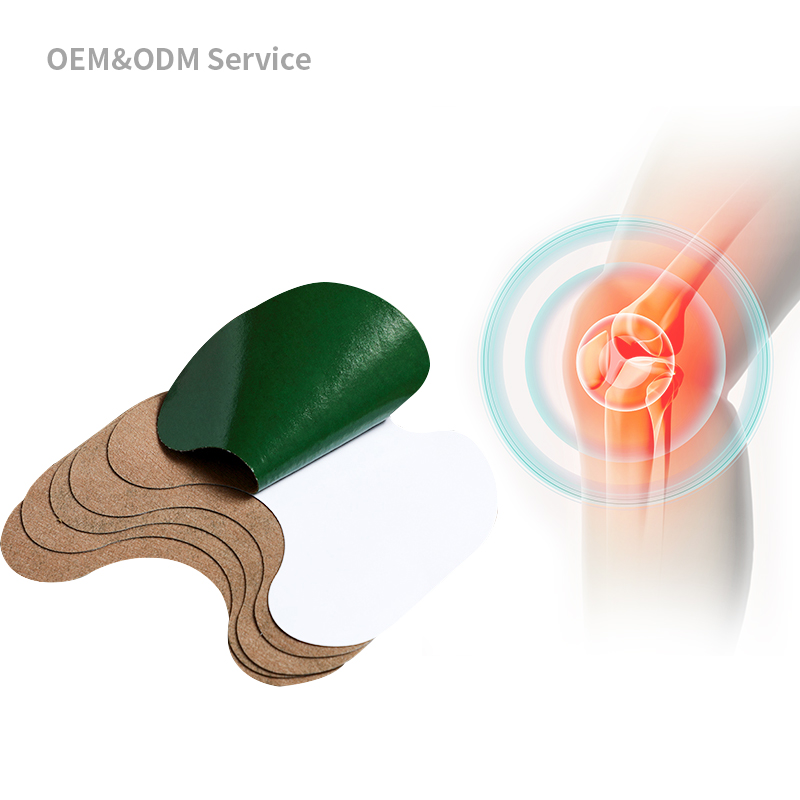
1. Select a Reputable OEM Manufacturer
The first and foremost step is to identify a reliable OEM knee pain relief patch manufacturer. Look for manufacturers with a proven track record of producing high-quality medical products. Conduct thorough research, read customer reviews, and inquire about their certifications and compliance with industry standards.
2. Verify Certifications and Compliance
Ensure that the OEM manufacturer has the necessary certifications and adheres to regulatory requirements. Look for certifications such as ISO 13485, CE marking, or FDA approval. These certifications indicate that the manufacturer has met international standards for quality management systems and product safety.
3. Audit the Manufacturing Process
Request a tour of the manufacturer's facilities and audit their manufacturing process. Look for modern and well-maintained equipment, cleanliness, and adherence to strict hygiene standards. Ensure that the manufacturing process is controlled and monitored to maintain consistency in product quality.
4. Examine the Ingredient List
Request a detailed ingredient list from the manufacturer. Ensure that the ingredients are safe, effective, and approved for use in medical products. Avoid manufacturers that conceal ingredients or use vague labels.
5. Request Quality Control Reports
Ask the manufacturer to provide quality control reports and test results. These reports should indicate that the patches have undergone rigorous testing to ensure their safety, efficacy, and compliance with quality standards.
6. Negotiate Strict Quality Assurance Agreements
Before placing an order, negotiate strict quality assurance agreements with the manufacturer. These agreements should clearly outline the expected quality standards, testing procedures, and consequences for failure to meet these standards.
7. Regularly Inspect the Products
Once you start receiving products from the manufacturer, conduct regular inspections to ensure their quality and safety. This includes checking the packaging, labeling, and condition of the patches. If any issues are found, promptly address them with the manufacturer.
8. Consider Customization Options
While OEM patches are typically customized to a certain extent, consider exploring further customization options to ensure the patches meet your specific needs and quality standards. This could include specifying specific ingredients, packaging requirements, or additional testing procedures.
Questions to Consider
How do I identify a reputable OEM knee pain relief patch manufacturer?
What certifications should I look for in an OEM manufacturer?
What should I expect to see during an audit of the manufacturing process?
How can I ensure that the ingredient list is transparent and accurate?
What kind of quality control reports should I request from the manufacturer?
What should be included in a quality assurance agreement with an OEM manufacturer?
How often should I inspect the products received from an OEM manufacturer?
How can I explore customization options to ensure the patches meet my specific quality standards?
By following these steps and considering the questions listed above, you can ensure the quality and safety of OEM knee pain relief patches. Remember, selecting a reliable manufacturer and maintaining strict quality assurance procedures are crucial for maintaining consumer trust and brand reputation.
Hot products
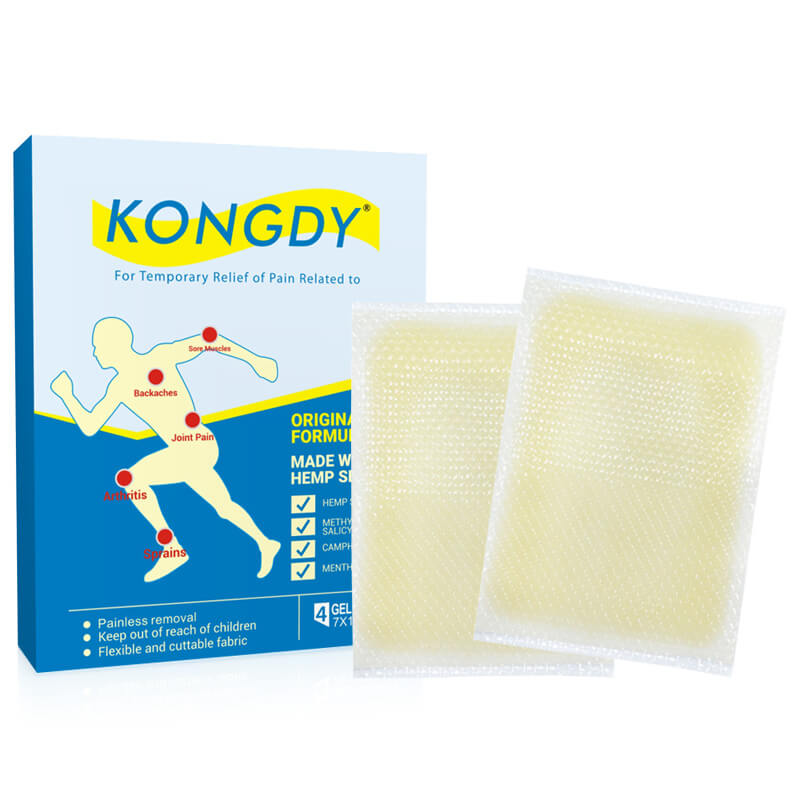
CBD Pain Relief Patch
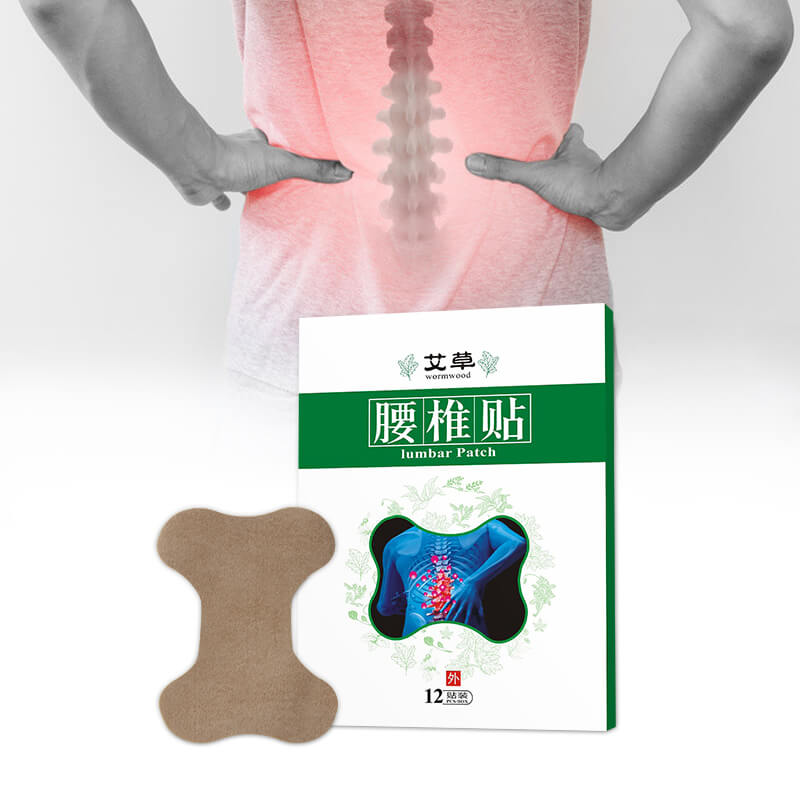
Lumbar Plaster Pain Relief Patch
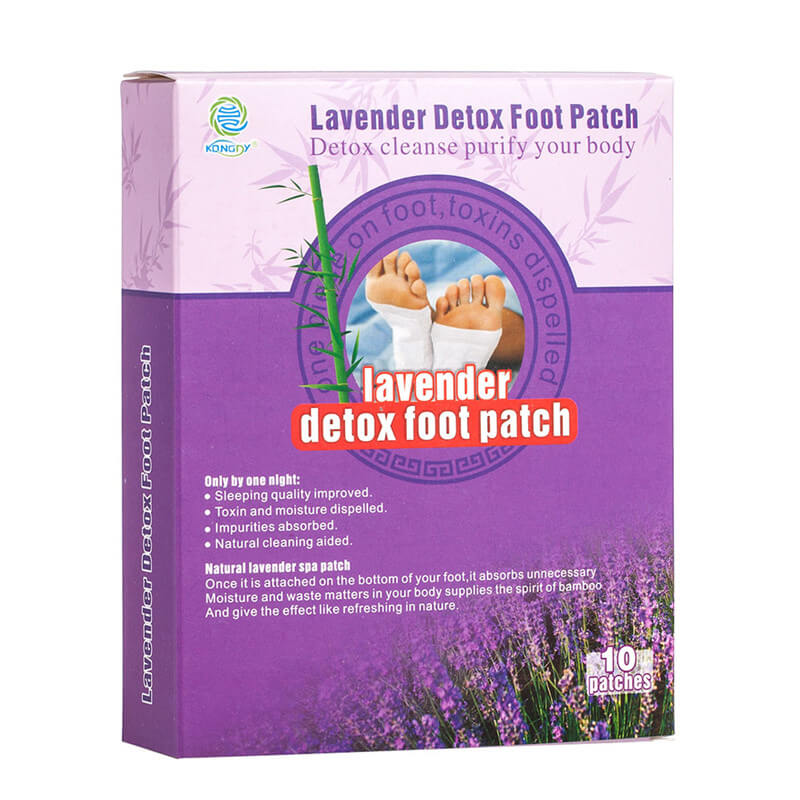
Lavender Detox Foot Patch
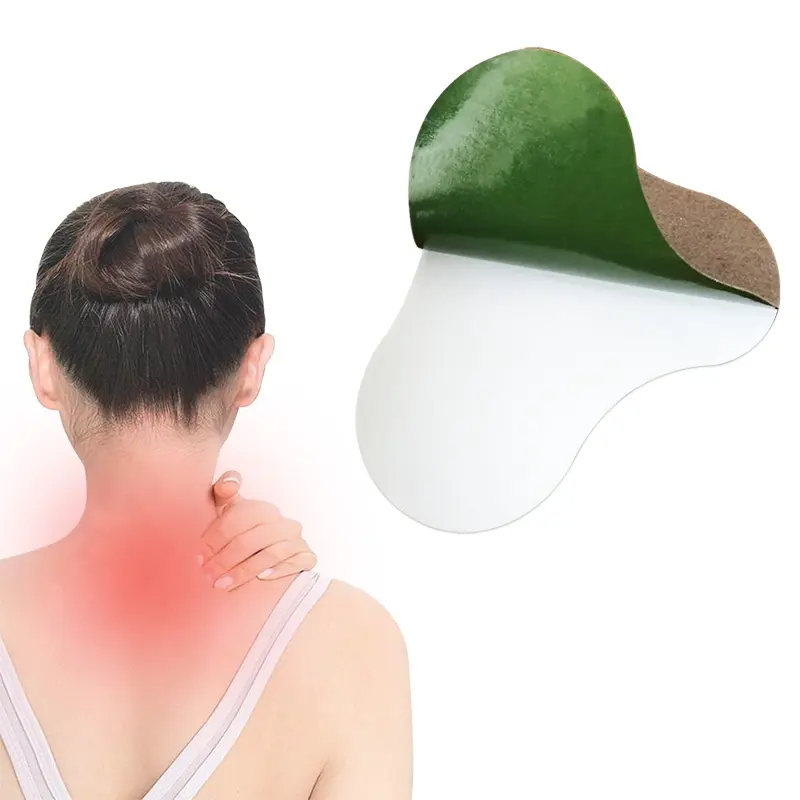
Cervical Vertebra Pain Relief Patch
Tel:0086-18939260319
E-mail:kongdycn201810@gmail.com
